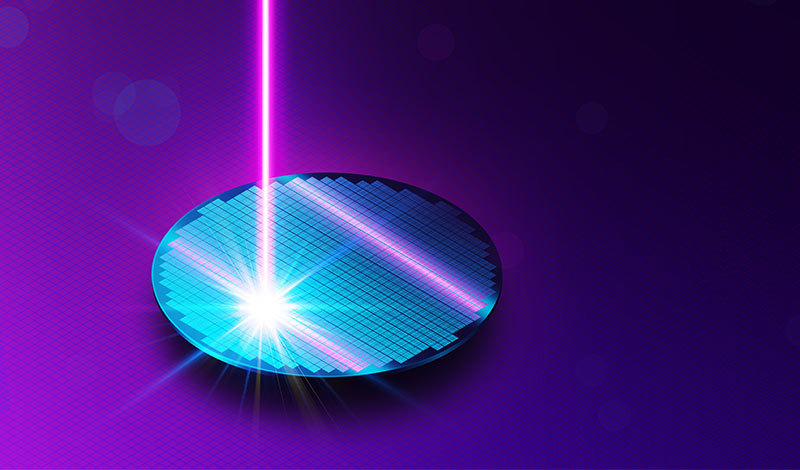
Posted on
Enabling Sputtering from the Target Only
Bias Target Sputtering (BTS) has excellent process control and stoichiometry while reducing contamination and lowering cost of ownership. The ultralow contamination leads to higher performance in lasers and fewer defects enables higher laser damage threshold. BTS is also used for EUV mask blanks which must be defect-free or the irregularities might get printed on the wafer.
BTS can be configured for co-sputtering with a system geometry that allows the source-to-target distance to be much shorter, leading to a smaller footprint. There is also the option of utilizing BTS with the standard Ion Beam Sputtering (IBS) configuration.
BTS overcomes IBS challenges
BTS can overcome many of the well-known process issues of the IBS technique. In the standard IBS configuration, the ion source produces a fairly mono-energetic ion beam that is tightly focused in the center of the target. This leads to poor target utilization and uptime.
The well-known issues of a standard IBS configuration are:
- High-energy ions can sputter from the target, as well as other system components and shields when expanding the beam to improve target utilization
- Particulate contamination from system components and shields can lead to lower film quality
- Long source-to-target distance leads to a large footprint
Higher Yields with BTS
In BTS, low-energy ions below the sputter threshold are generated, and a negative voltage is applied to the target to enable sputtering from the target only. This process offers solutions to the drawbacks of IBS:
- Low-energy ions below the sputter threshold cannot cause contamination
- High-energy ions can only sputter the target
- Potentially shorter source-to-target distance
Benefits BTS offers:

*4 Benefits of Biased Target Sputtering infographic, Denton Vacuum
BTS
In BTS, the sputtering ion source is replaced with a low-energy ion source such as an end-Hall ion source. The low-energy source is set to produce ions with energy below the sputtering threshold of the target (maximum 25eV or so), so there can be no sputtering of shields or other system components. To obtain sputtering, the target has a large negative bias, typically 300-1200V. Since all of the sputtering energy comes from the target voltage, the ion beam profile is largely irrelevant. Good target utilization comes from applying a uniform voltage to the target, a simple proposition.
Denton’s BTS system offers independent control over sputtering parameters while improving target utilization and uptime for maximum productivity.
The Future
To meet application demands for next-generation microbolometers, developers need a thin film process that can produce coatings with an improved thermal response while maintaining deposition rates suitable for manufacturing. Denton Vacuum’s deep process knowledge and portfolio of ion beam systems enables us to design a configuration that meets exacting performance specs for your application.
Our BTS solution is integrated directly with different front-end options to match specific throughput requirements. With our commitment to partnership and reliability, you can ensure that your system is equipped to meet the unique thin film demands for these applications.